Dallas Buyers Club
Dallas Buyers Club is the latest and largest in a growing number of period and documentary films about Aids in America. It envisages a time in the 1980s when people living with HIV/Aids existed in a socio-political combat zone in addition to the battles being waged in their own immune systems. Dallas Buyers Club is allegedly a different kind of Aids film: a gritty ‘true’ story of a working class, faggot-hating cowboy with Aids. But with its straight, white male protagonist’s arc from bigotry to tolerance, it has the same liberal humanist formula as Philadelphia did in 1993, is far less bold and just as didactic.
Oscar-nominated Matthew McConaughey plays Ron Woodroof, a real-life Texas rodeo cowboy and electrician, who, on being diagnosed with full-blown Aids and given thirty days to live, begins aggressively self-medicating with AZT, a drug still being trialled then and for access to which he has to bribe a hospital orderly. Woodroof then starts the eponymous Buyers Club, through which other desperate people can obtain black and grey market medications, most of which he imports illegally from overseas, smuggles across the Mexican border, or sneaks past the American Food and Drug Administration (FDA).
Continue reading for only $10 per month. Subscribe and gain full access to Australian Book Review. Already a subscriber? Sign in. If you need assistance, feel free to contact us.



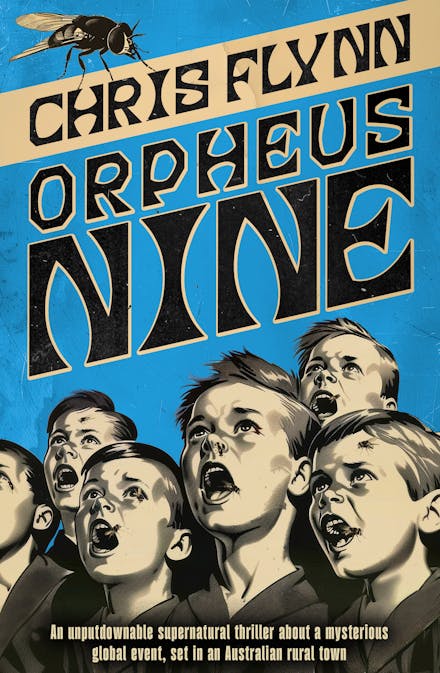


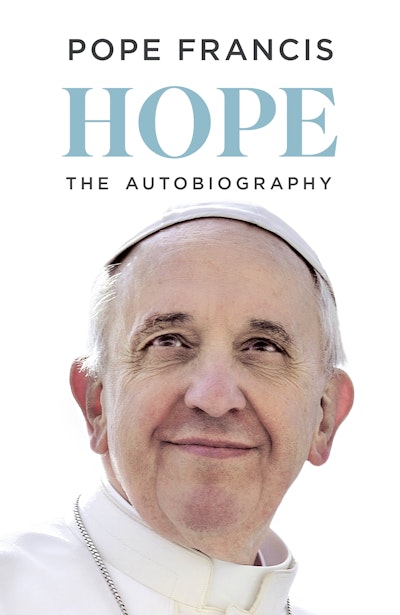
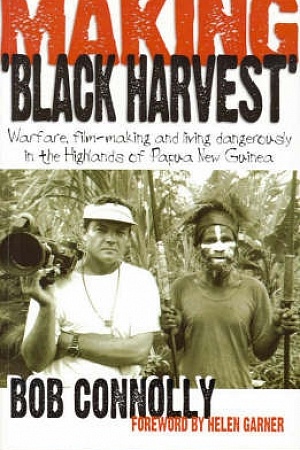
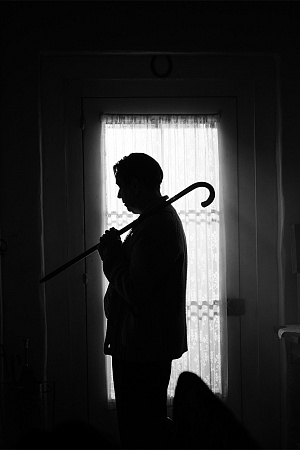

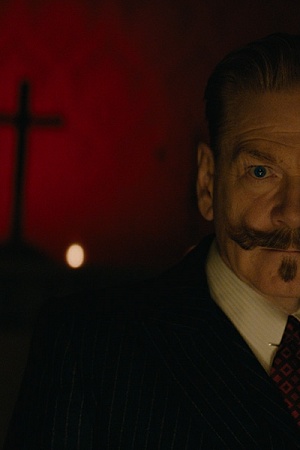




Leave a comment
If you are an ABR subscriber, you will need to sign in to post a comment.
If you have forgotten your sign in details, or if you receive an error message when trying to submit your comment, please email your comment (and the name of the article to which it relates) to ABR Comments. We will review your comment and, subject to approval, we will post it under your name.
Please note that all comments must be approved by ABR and comply with our Terms & Conditions.